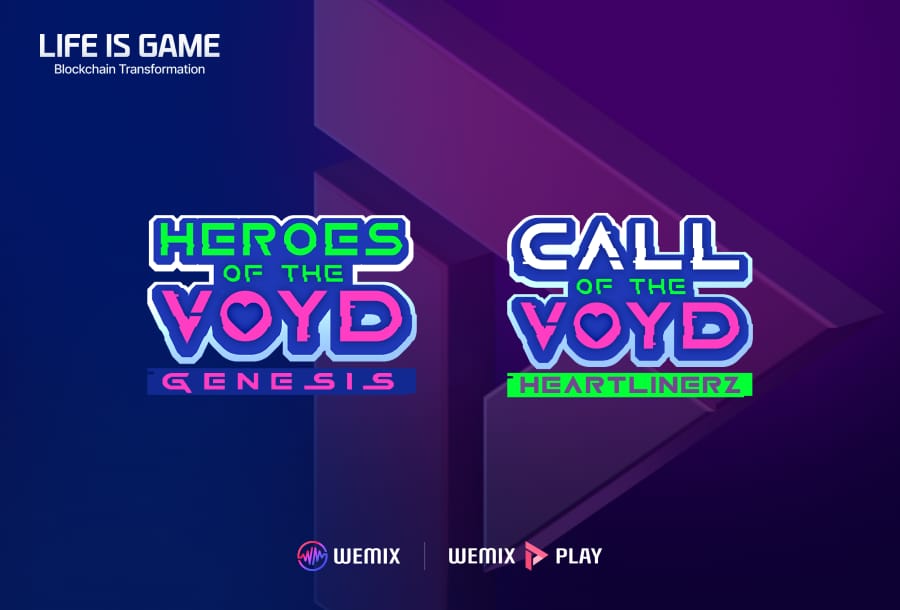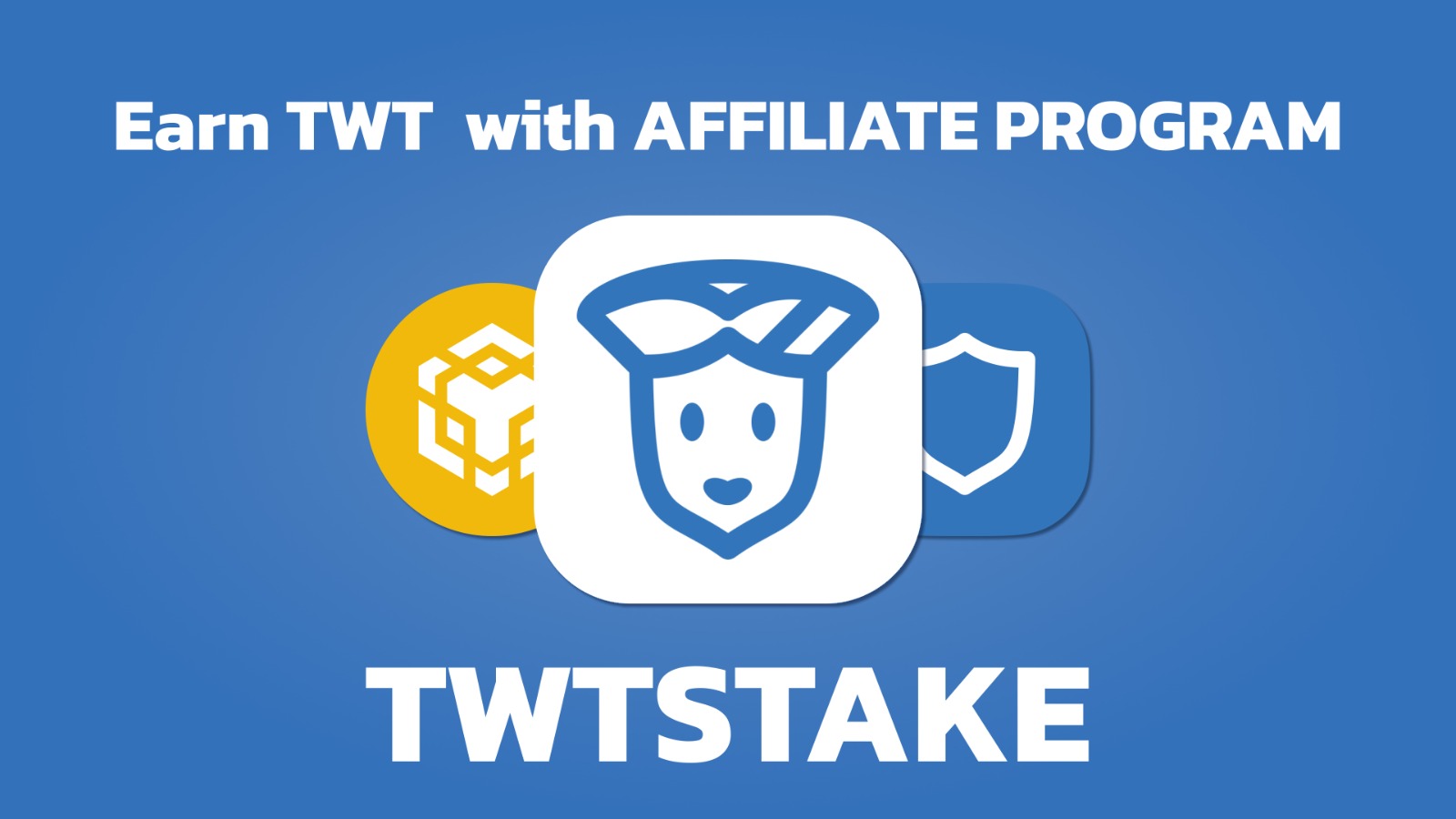Riot Platforms is a company listed on the Nasdaq, which deals with crypto mining, and sees some risks ahead of the upcoming April halving.
After all, the halving will effectively be a halving of the reward for Bitcoin miners, and BTC mining is now the main one left, after Ethereum switched to Proof-of-Stake.
Crypto news: Riot Platforms and the risks associated with halving
In its latest document filed with the SEC, the company included a chapter specifically dedicated to the halving, and another one dedicated to the impact of the halving on their operations.
In this they write that their mining operations could generate less revenue after the halving of the reward, because the number of new BTC awarded for validating a block is halved, and although BTC prices have historically increased in proximity to past halvings, there is no guarantee that the price change will be favorable or compensate for the reduction of the reward.
They add:
“If a corresponding and proportionate increase in the price of Bitcoin did not follow future halving events, the revenues we earn from our Bitcoin mining operations would decrease, which could have a substantial negative effect on our operating results and financial condition.”
This is a well-known risk in the industry, but being a publicly traded company, it cannot hide it from shareholders or even just take it for granted.
This is a realistic hypothesis, although not necessarily probable, therefore the company is forced to communicate it to the shareholders.
The halving of the prize
Currently, the BTC reward assigned by the Bitcoin protocol to those who find the hash that confirms it is the main source of income for those who do crypto mining.
Just think that with each new block, 6.25 BTC are assigned to the miner who manages to validate it by finding the correct hash, and that a block is mined approximately every 10 minutes.
So every day more than 900 BTC are distributed to miners as a reward, equivalent to over 42 million dollars.
The halving will force a reduction to 3,125 BTC per block, bringing the total daily reward for miners to 450 BTC, and this could have a significant impact on their profitability.
It should be remembered that crypto mining is a competition in which those who extract more hashes are favored, since these are extracted randomly, but the more you extract, the more electricity is consumed. This generates high costs, and in the face of a reduction in revenues, it could be difficult to continue to cope with such costs.
The second source of income for miners is transaction fees, but they are much less than 900 BTC per day. For example, the last blocks have all yielded less than 0.4 BTC in fees, much less than both the current 6.25 BTC reward and the 3.125 reward starting from the next halving in April.
The countermeasures
Since the halving is a certain and predictable event, miners have already taken countermeasures to not be caught unprepared.
Since they will certainly receive fewer BTC, the only solution is to cut costs.
Not all machines used to extract hash, however, consume in the same way. There are new machines that are more efficient, which consume less for the same amount of hash extracted, and old machines that are less efficient and consume more.
New and more efficient machines are suitable for continuing to mine even after the halving of the reward, while old less efficient machines will simply be turned off.
However, it should not be forgotten that miners’ earnings are in BTC, while they pay for electricity in fiat currency.
So if the value of BTC in fiat currency were to increase significantly after the halving, even old inefficient machines could become profitable again. It is enough for the market value of Bitcoin to double in order to bring back fiat revenues to current levels even after the halving of the reward.
Riot Platforms on the Stock Exchange: will the crypto title suffer from the next halving?
Riot Platforms is required by law to communicate to the SEC any risks associated with the future evolution of its business, in order to inform shareholders of what could happen.
The U.S. Securities and Exchange Commission is the government agency that oversees the stock market.
The title RIOT on the stock market is very volatile, even more than BTC.
Just to say that in October the price of its shares was about $9, while in December it had more than doubled, exceeding $18. In the same period, the price of Bitcoin had gone from $27,000 to $43,000.
In January, the price of RIOT shares had even dropped to $10, while that of BTC had stopped at $38,000, but then rose to $17 in mid-February. Now it’s around $15.
It is possible that this greater volatility, even greater than that of Bitcoin, is due precisely to the risks mentioned above.
Nevertheless, the company has announced the collection of nearly 560 million dollars to purchase Microbt hardware for mining. The idea is precisely to equip themselves with more new and efficient machines to offset the shutdown of the less efficient old ones.







